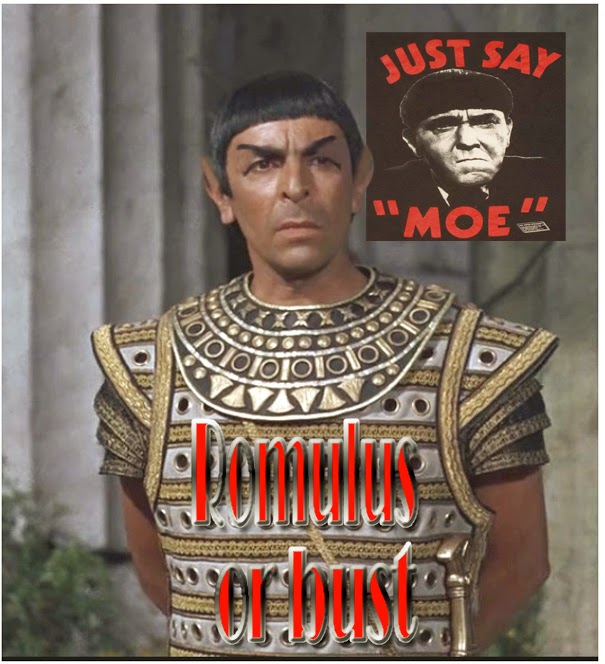Was flipping channels and Cleopatra (1963) with Elizabeth Taylor and Richard Burton was on.
There was one scene where Mark Antony was sitting at a festival drinking and a dance toupe came in with a green male dancer.
This scene reminded me somewhat of the scene in "The Cage" with Pike.

Also note this Egyptian character....looks like a Vulcan or Romulan to me!

Wondering if Roddenberry saw this film and took some ideas from it? Green dancer/Orian slave girl, Roman/Romulan/Vulcan look of the species??
There was one scene where Mark Antony was sitting at a festival drinking and a dance toupe came in with a green male dancer.
This scene reminded me somewhat of the scene in "The Cage" with Pike.

Also note this Egyptian character....looks like a Vulcan or Romulan to me!

Wondering if Roddenberry saw this film and took some ideas from it? Green dancer/Orian slave girl, Roman/Romulan/Vulcan look of the species??


